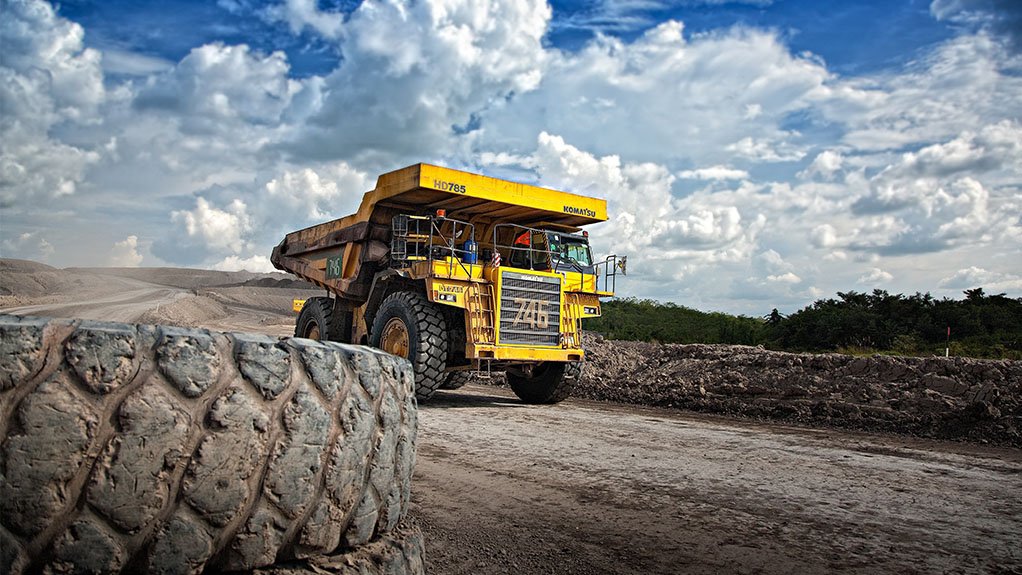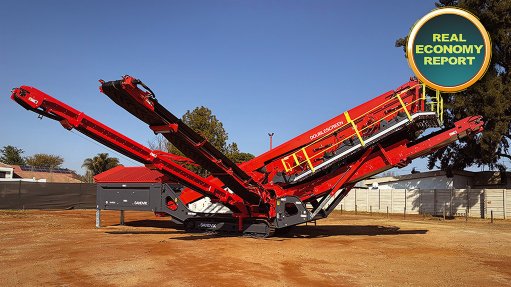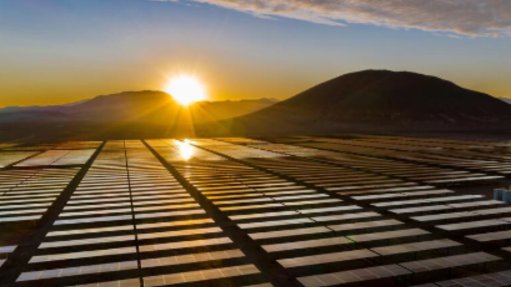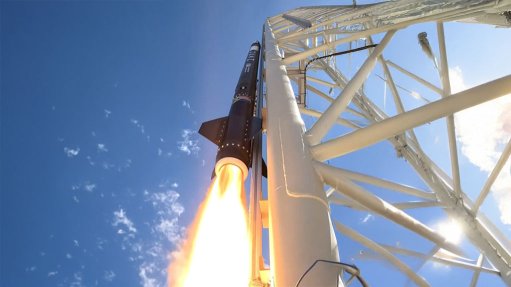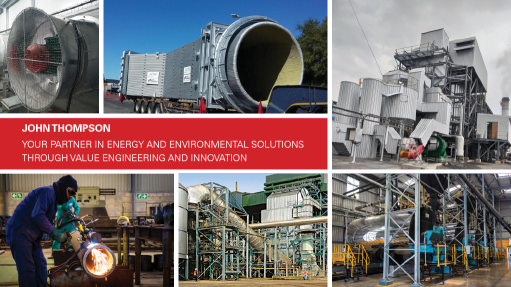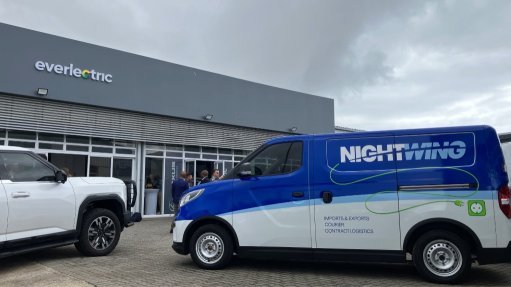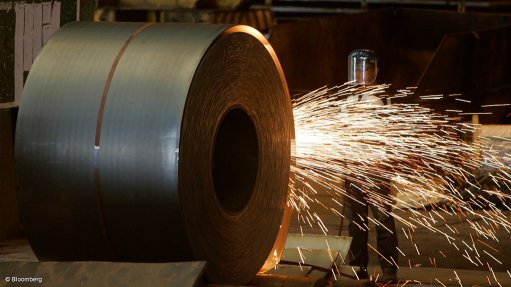Constant nitrogen supply improves mine truck efficiency and safety
Filling tyres with nitrogen is known to have several benefits, such as improved safety because of reduced risk of fire if tyres rupture – an important safety factor in large off-highway trucks where the huge wheels are positioned directly under the driver’s seat.
Nitrogen-filled tyres also run cooler in extreme temperatures and remain inflated for longer. Unlike compressed air, nitrogen is an inert gas that does not react with other materials, making it resistant to corrosion.
Specialists in gas generation equipment, Oxair says that a constant supply of nitrogen at mining sites is essential to ensure that truck tyres can be fully inflated, reducing the risk of air leaks and rapid deflation, especially when vehicles are heavily loaded.
Oxair chief engineer David Cheeseman says: “Being at the mercy of the supply chain for nitrogen cylinders in extreme locations, where conditions are challenging, is risky and costly. Nitrogen can be difficult to transport, not to mention the additional carbon footprint of delivery miles and safety hazards for staff manually moving cylinders from one place to another.”
He added: “Companies can avoid the hassle of having to outsource their gas by switching to an on-tap supply. A compact nitrogen membrane or Pressure Swing Adsorption (PSA) nitrogen generator on-site is the ideal alternative to manhandling cylinders for heavy-duty equipment where precise or constant pressure is vital.”
Nitrogen membranes and PSA nitrogen generators are said to be efficient, offering a continuous flow of gas extracted from the atmosphere. They are also an environment-friendly method of delivery, reducing the carbon footprint associated with transporting cylinders to and from an off-site facility. On-site generators can also assist miners to produce nitrogen for other site operations as needed.
Producing high purity nitrogen of up to 99.9%, from the air, makes the technology low cost, with minimum maintenance required. On-site generators are said to provide mines with a turnkey solution for a constant, reliable source of high-quality nitrogen where it is needed.
Comments
Press Office
Announcements
What's On
Subscribe to improve your user experience...
Option 1 (equivalent of R125 a month):
Receive a weekly copy of Creamer Media's Engineering News & Mining Weekly magazine
(print copy for those in South Africa and e-magazine for those outside of South Africa)
Receive daily email newsletters
Access to full search results
Access archive of magazine back copies
Access to Projects in Progress
Access to ONE Research Report of your choice in PDF format
Option 2 (equivalent of R375 a month):
All benefits from Option 1
PLUS
Access to Creamer Media's Research Channel Africa for ALL Research Reports, in PDF format, on various industrial and mining sectors
including Electricity; Water; Energy Transition; Hydrogen; Roads, Rail and Ports; Coal; Gold; Platinum; Battery Metals; etc.
Already a subscriber?
Forgotten your password?
Receive weekly copy of Creamer Media's Engineering News & Mining Weekly magazine (print copy for those in South Africa and e-magazine for those outside of South Africa)
➕
Recieve daily email newsletters
➕
Access to full search results
➕
Access archive of magazine back copies
➕
Access to Projects in Progress
➕
Access to ONE Research Report of your choice in PDF format
RESEARCH CHANNEL AFRICA
R4500 (equivalent of R375 a month)
SUBSCRIBEAll benefits from Option 1
➕
Access to Creamer Media's Research Channel Africa for ALL Research Reports on various industrial and mining sectors, in PDF format, including on:
Electricity
➕
Water
➕
Energy Transition
➕
Hydrogen
➕
Roads, Rail and Ports
➕
Coal
➕
Gold
➕
Platinum
➕
Battery Metals
➕
etc.
Receive all benefits from Option 1 or Option 2 delivered to numerous people at your company
➕
Multiple User names and Passwords for simultaneous log-ins
➕
Intranet integration access to all in your organisation



